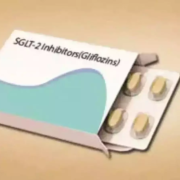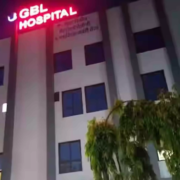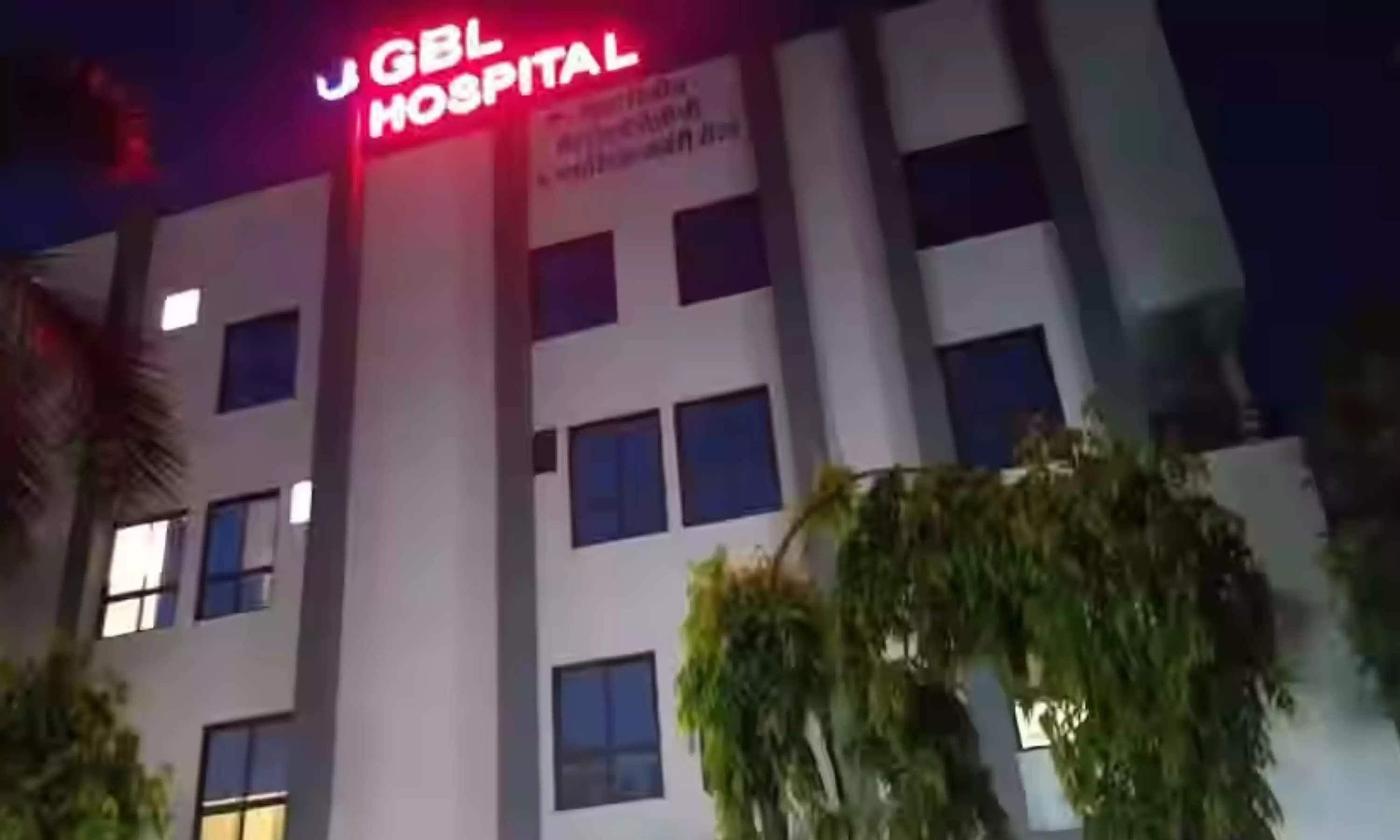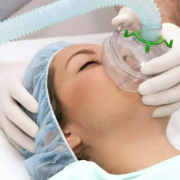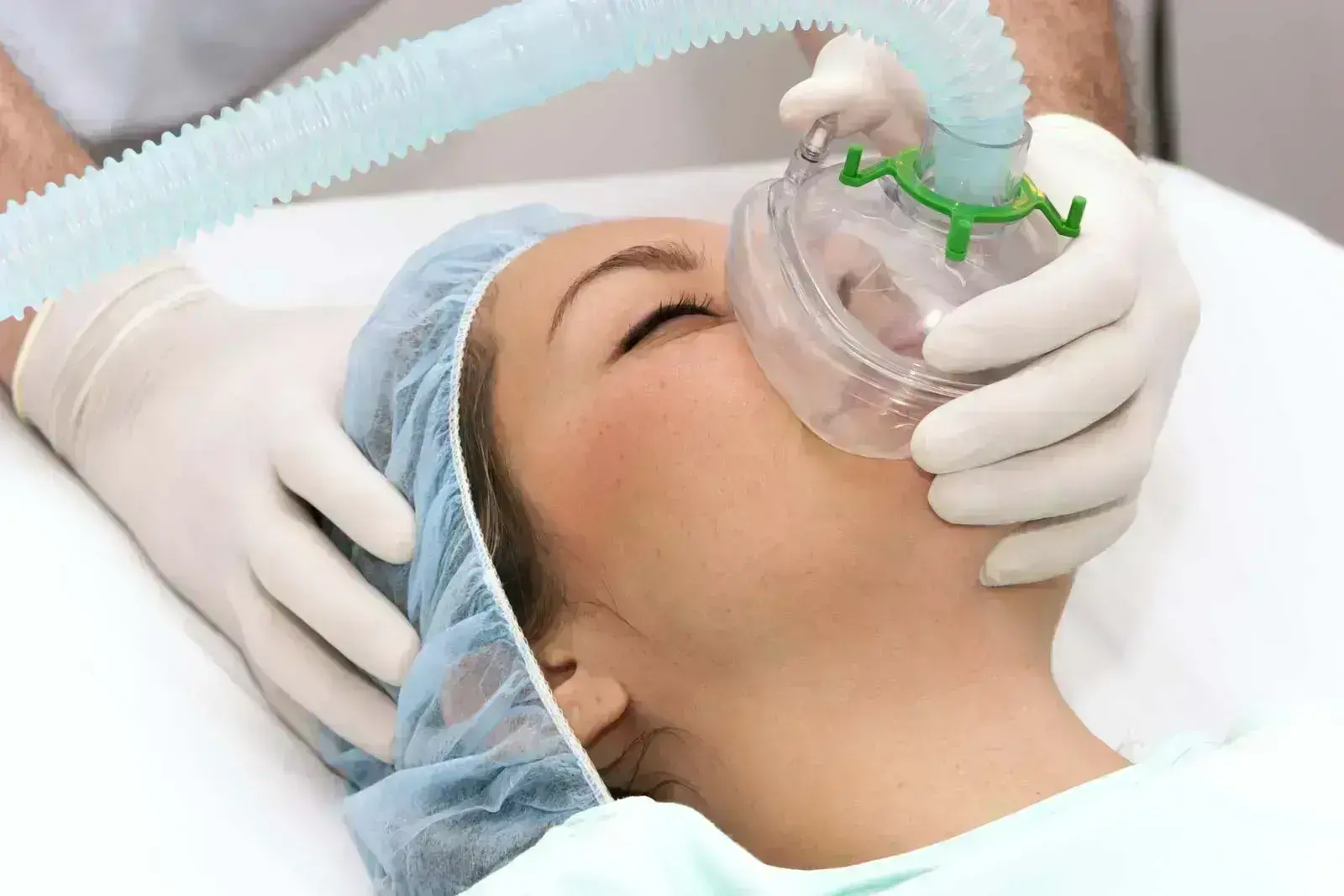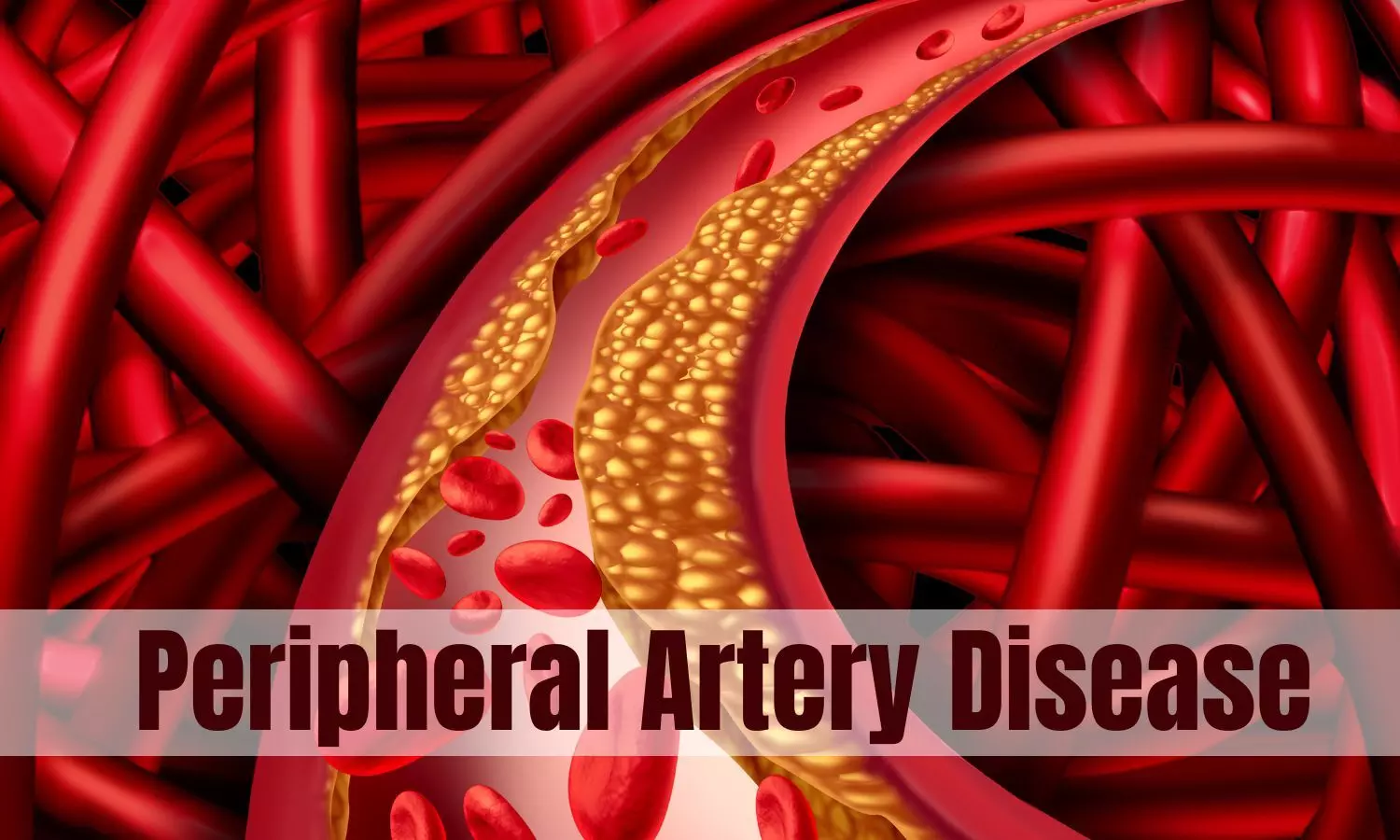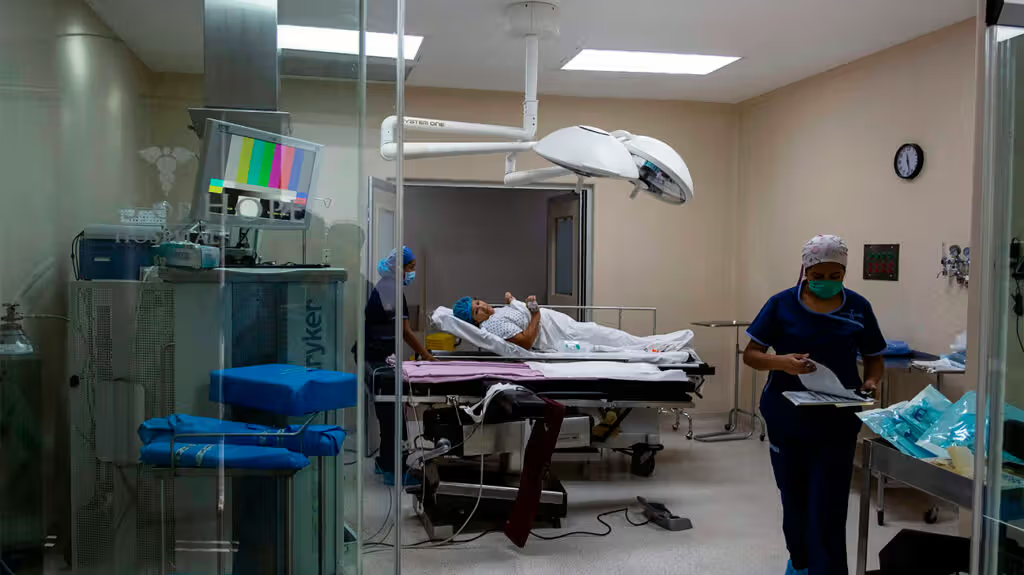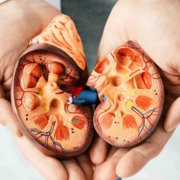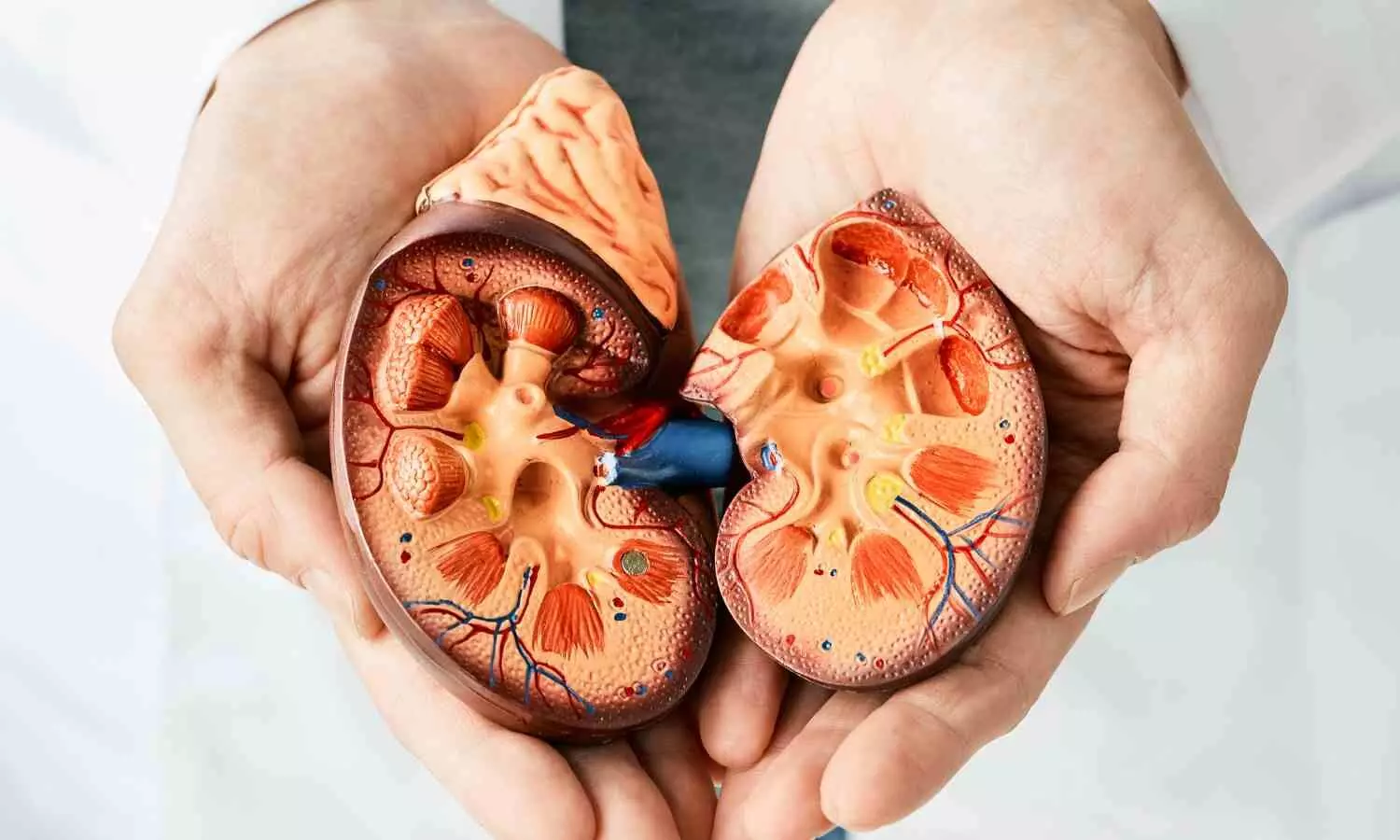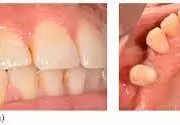Biocon Limited signs an exclusive licensing and supply agreement for generic Ozempic (Semaglutide) commercialization in Brazil with Biomm S.A.

Bengaluru: Biocon Limited, an innovation-led global
biopharmaceutical company, has announced the signing of an exclusive licensing and
supply agreement with Biomm S.A., a specialty pharmaceutical company in Brazil, for the
commercialization of its vertically integrated drug product, Semaglutide (gOzempic), which is
used to improve glycemic control in adults with type-2 diabetes.
Under the terms of this agreement, Biocon will undertake the development, manufacturing
and supply of the drug product, and Biomm will be responsible for obtaining regulatory
approval and commercialization in the Brazilian market.
Biomm is Brazil’s biotechnology company focuses on developing, manufacturing and
commercializing complex biotech and biosimilar drug products at their state-of-the-art
production facility in Nova Lima.
Siddharth Mittal, Chief Executive Officer and Managing Director, Biocon Ltd, said, “Our
partnership with Biomm marks another important step forward in our strategy to expand our
global footprint beyond the U.S. and Europe for Peptides. This is also in line with our growth
strategy of bringing to market a portfolio of complex, GLP-1 drug-device combination
products. We are confident that our collaboration with Biomm will provide patients in Brazil,
who are living with diabetes, much needed access to advanced, high quality treatment options
to help them manage the disease better.”
Heraldo Marchezini, Chief Executive Officer, Biomm, commented: “Brazil is the fifth country
in the world with the highest incidence of diabetes, having 16.8 million adults in the age group
of 20 to 79 years with the disease, and an estimated 21.5 million cases by 2030, according to
the Diabetes Atlas of the International Diabetes Federation (IDF). We have, therefore,
prioritized strategic partnerships to expand the population’s access to advanced treatments
for this disease and enhance the quality of life for people”.
The total addressable market opportunity of Semaglutide in Brazil is approximately US $580
million as per the IQVIA MAT Q4 2023.
Read also: Biocon gets MHRA UK nod for weight management injection Liraglutide
Powered by WPeMatico


